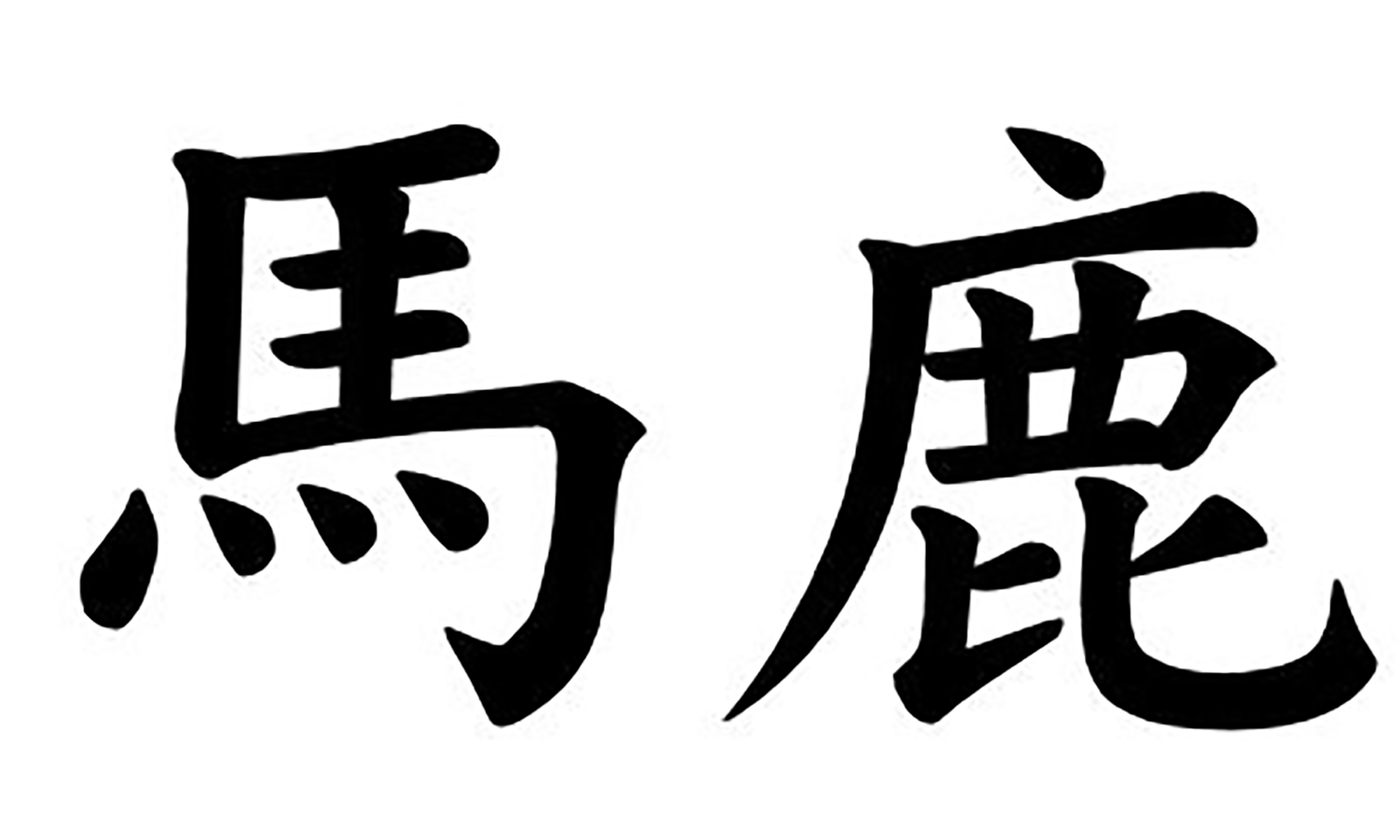Ask a tree.
Why? Well, other than the fact that their growth rings seem to indicate something about the good or hard or mediocre growth seasons experienced by the tree over its lifetime, the fact of the matter is that it’s beginning to be obvious that “climate” operates over thousands, maybe tens of thousands of years of time, and only a tree that’s lived thousands of years — like the big Sequoias in California — can really be said to have seen a fair portion of the last climate cycle, and even the oldest of them is only 3500 years old.
For instance, in my hypothesis, the last Ice Age was climate winter. Since climate winter, we’ve had climate spring, climate summer, and now we’re in climate autumn, most likely heading back down the slope to climate winter again.* There are people out there who think that extreme glaciation is the exception rather than the norm on this planet, and that we just happen to be flourishing in a short, warm “interglacial” period during what is actually a 2- to 2-1/2-million-year-old ice age that has been synonymous primarily with what geologists call the Pleistocene Era, which is said to have ended about 12,000 years ago when the last “Ice Age” ended and we entered the so-called Holocene period.**
This hypothesis on my part leads me to the conclusion that all of the relatively-short-term temperature fluctuations latched onto by the climate nutbags as proof of “anthropomorphic global warming” are nothing more than “weather”. In other words, noise in the system.
Comes now Instapundit, who points to an article stating that, far from the open arctic waters some predicted by summer 2013 as a result of global warming, there is in fact an unbroken ice sheet stretching from Canada to Russia that’s half the size of Europe — and it isn’t even time for the Arctic Ocean winter refreeze to start yet. Wasn’t someone talking about the Northwest Passage being open year-round just about a year ago? Hope nobody bought stock in the shipping lines that were banking on that prediction.
It’s becoming abundantly clear that the sun drives temperature on Earth, probably to more of an extent than any terrestrial force or forces can equal for more than the short term. Sure, Mount St. Helens or Mount Pinatubo erupts and it chills things down a degree or so for a couple of years. That’s nothing compared to the sun — the prime mover of life on Earth — shutting down and not sending as much heat our way. Think about all the things in your home that generate heat (other than your prime heating source, furnace or wood-burning stove or whatever). Now shut your furnace off on a -12°F day and watch how fast your house cools off, despite the hundreds of watts of stuff that’s probably running in your home at any given time.***
Folks, we may not see the glaciers marching south in our lifetimes. But as sure as God made little green apples, it’s going to happen again. I’m buying up popcorn in anticipation of the lynching of the climate scientists, myself. It ought to be a good show — and put plenty of carbon in the air to help hold the glaciation off for a bit longer, to boot.
________________
* And as with any autumn, climate Indian summer is what we’ve experienced for the last 20-30 years or so. If we want to extend the metaphor, that is.
** If the Holocene is defined as having started after the last glaciation pulled back, I wonder if we are still, in fact, in the Pleistocene — if the last 12K years have been just another interglacial period. I admit to knowing little or nothing about this shit, but it sounds like closing off the Pleistocene in favor of coining a new geological epoch just for us is going to be proven to be mostly wishful thinking.
*** This is only recommended if you can actually turn the furnace back on, for what it’s worth.
